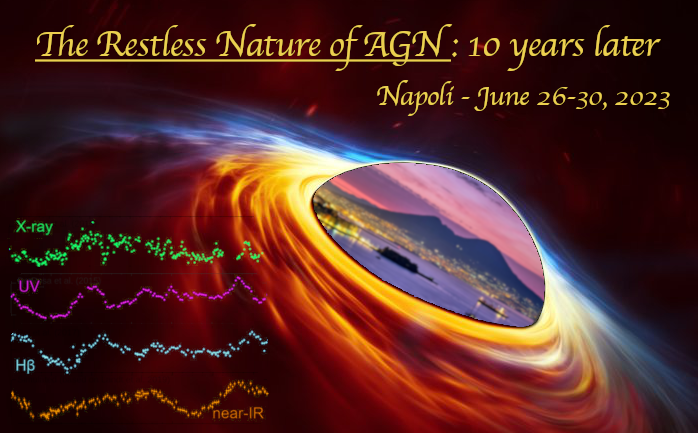Speaker
Description
I am going to present the results of the search for small-amplitude (A_g > 0.03 mag), long-period (100 < P[days] < 600) variability in the SDSS Stripe 82 region. This search led to the discovery of five quasars with apparently periodic light curves. In addition, I will discuss the line profile variability (presumably linked to the change in the phase of the optical light curve) of the MgII emission line of our strongest periodically variable candidate quasar (P=278 days), obtained over the past year. With the data collected so far we were not yet able to exclude the possibility of the object being system of supermassive binary black holes.
Our search was made possible by the precisely calibrated (1%-2%) Stripe 82 photometry in SDSS ugriz bands, which covered a period of approximately 6 years and reached down to r~22 mag. By analyzing the Lomb-Scargle periodograms, we identified the most promising candidates for periodically variable sources. We then cross-matched these candidates with other surveys across the electromagnetic spectrum (photometry and spectroscopy) to confirm their variability and type. Our analysis was supported by Pan-STARRS and ZTF time series, which provided observational data spanning more than 20 years.
All of the identified candidates were quasars, and the highest-ranked one was flagged as a variable source in the Chandra X-ray catalog. The observed periodic behavior of quasars could be attributed to various factors, such as radio jet precession, tilted or warped accretion disks, tidal disruption events, and other accretion-related effects.

